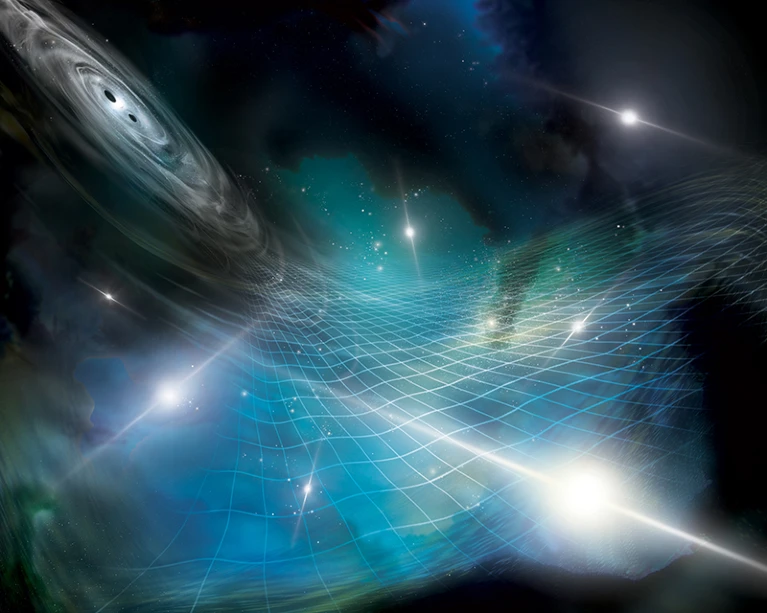Mythopoeika
I am a meat popsicle
- Joined
- Sep 18, 2001
- Messages
- 51,690
- Location
- Inside a starship, watching puny humans from afar
Disappointing!
It's worse than that; if you take x tonnes of fuel with you to decelerate, you have to use y extra tonnes of fuel in the acceleration phase in order to accelerate that extra mass. The extra fuel required to accelerate all the fuel required can easily make the total mass of the ship x-squared, or more. So the ship design should utilise alternative methods of propulsion as much as possible.If it took a year and x tons of fuel for the craft to reach a fair percentage of light speed it will take the same to slow it.
Plus there's the rocks in the way. Even little ones will do a lot of damage.If you are travelling at a fair percentage of light speed that’s fine for taking a few photos as you zip past (slightly blue shifted?) but not if you need to stop.
There's a lot of emptiness between them though, so fingers crossed, you'll probably get through OK (unless you don't!). I don't think either of the Voyagers have had impact problems yet.Plus there's the rocks in the way. Even little ones will do a lot of damage.
tbh, the solar system, although 'rockier' is so many factors of ten smaller than anything interstellar, I suspect rocks will be an issue...There's a lot of emptiness between them though, so fingers crossed, you'll probably get through OK (unless you don't!). I don't think either of the Voyagers have had impact problems yet.
I've read somewhere that when we send spacecraft through the asteroid belt we don't even take measures to avoid impacts because they're so unlikely. I've seen animations of the asteroids as many huge rocks tumbling through space even on documentaries, but I understand that in reality they are so distant from each other you would probably not notice that you were in the belt. We can probably assume the same of interstellar space for the most part.Plus there's the rocks in the way. Even little ones will do a lot of damage.
Anyone might think the universe just doesn't want us to leave the Solar System.If you travel any faster than 70%c, the problem with dust becomes acute - and even worse is the problem of interstellar hydrogen, which is converted into dangerous radiation by velocity. It's like flying directly into a solar flare.
Yeah. Why just us? It lets them bimble about as they please. And they've only crashed into our planet twice.Anyone might think the universe just doesn't want us to leave the Solar System.

Unfortunately, the satellite failed before the drive could be tested:A new propellant less device will soon be tested in space:
https://www.popularmechanics.com/space/satellites/a45850635/quantum-drive-space-test/
It's based on Quantized Inertia theory.
